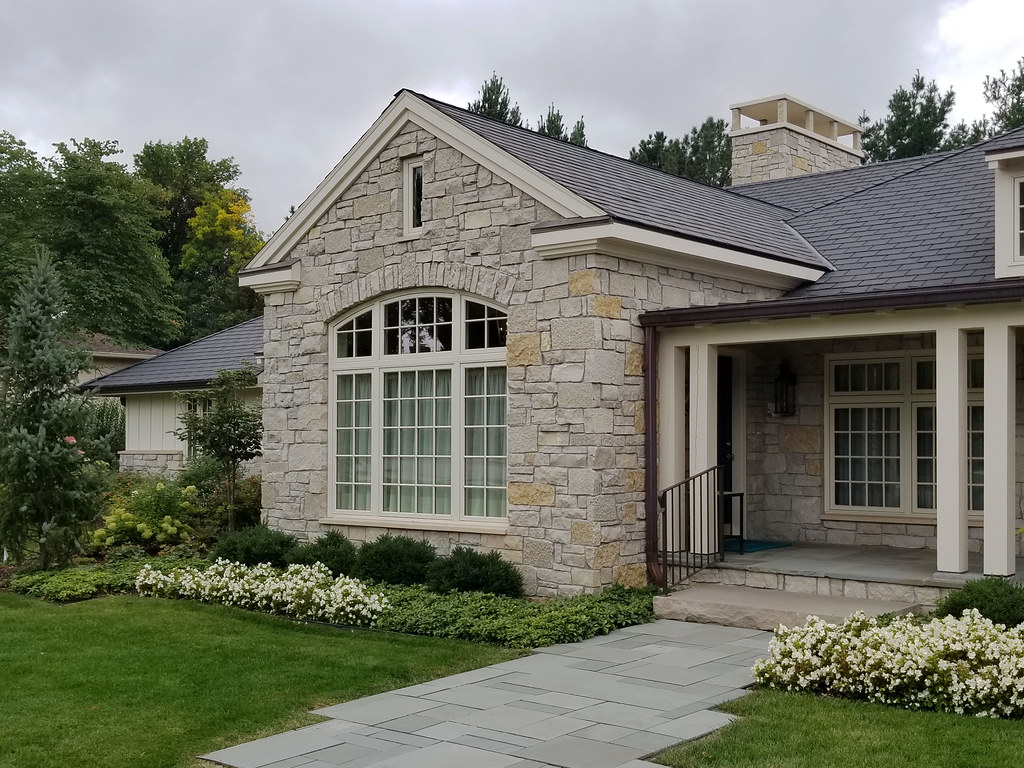NATURAL STONE,
INLAY WORK,
BHANDARI MARBLE GROUP
Inlay in Natural Stones is such a magnificent work of art that anyone would wish to have it for their space. If you are wondering what exactly is inlay work just have a look at the Taj Mahal. It is one of the best examples that showcase the ‘Marble inlay’ work.

To be precise, inlay work in natural stones is a traditional art in which delicate precious stones are inserted into the base stone to give a unique, magnificent design. Today, very few experts are skilled to perform this technique. As far as the history is concerned, the introduction of the inlay work in India was majorly witnessed in architectural innovations of Mughal Emperor Shah Jahan. This art resembles the ‘Pietra Dura’ art of Italy which was carried out in the 16th century. This art was profusely applied to decorative panels, bird and flower motif, tabletops and cabinet fronts. Some of these reached the Mughals as presents and this is how it arrived in India.
Let us know more about the inlay work with natural stones. If you are planning to embrace the art for your space this will help you climb the first step in understanding its application in modern time.

Which Precious Natural Stones Are Used In Inlay Work? Amethyst – Amethyst is a type of quartz composed of silica. The stone gets its purple color from the presence of manganese. It appears transparent to translucent. It was believed by the Ancient Romans and Greeks that it prevents intoxication. It is mined in Brazil, Uruguay, Bolivia, and some African countries.
Jade – The existence of Jade traces back to over 7000 years. It is known for its toughness which comes from its composition of nephrite and jadeite. Due to its nature, it was referred to as ‘Stone of Heaven’ and formed the basis of Chinese culture. It comes in shades of green and has a greasy shine.
Tiger’s Eye – This gemstone is mainly made of silicon dioxide. It has a vitreous lustre with its black colour coming from iron and yellow and golden brown stripes from oxide staining. Each stone appears different in colour depending on the nature and number of inclusions. It is found in Brazil, Burma, Canada, India and US.
Onyx – The stone was popular among Greeks and Romans, hence its name is derived from the Greek word ‘onyx’ meaning fingernail. Onyx is a rarely found stone known for its elegance and vividness. It appears translucent with natural colours ranging from green to exotic honey.
Agate – Agate is a fine-grained varicoloured chalcedony. It is translucent and coloured in stripes and mixed in clouds which seems moss-like. It comes in wonderful shapes, forms and layers. It received its name from its occurrence at the Achates River in southwestern Sicily, Italy. It is also found in the US, Brazil and Uruguay.

Inlay work in natural stones involves a process of hand cutting and shaping. To begin with, the design is planned such as floral or geometrical design and the same is cut out on a brass sheet. The cut brass sheet is placed on the base stone like marble, drawn and the base is delicately carved out. Next, the coloured stones like gemstones are shaped and polished and then slipped into the base stone grooves with an adhesive.

Application Of Inlay Stones In Interior Inlay Stones are popularly used in flooring and different types of tabletops like a coffee table or side table. The tabletops can come in different colors and shapes including rectangular, square, oval, octagonal, etc.
Marble inlay flooring is the most preferred due to its eye-catching aesthetic look. The right choice of pattern, design and color combination in marble inlays is enough to provide the ultimate glamour to your home interior.
There are black marble tiles and white marble tiles but it is important to choose the right location for their application. Inlay work can even be beautifully applied in a temple room, hallway, and kitchen.

What Is Natural Stone? Natural stone, of the type that is used in homes, is 100-percent stone quarried straight from the earth, with nothing added or removed, and no color additives. Natural stone can be wholly real in shape, such as rounded river stones. Or natural stone can be carved to the desired shape, such as blocks for building, sheets for walls, or tiles for flooring.

Natural stone on the wide consumer market mostly comes in two sizes. Full-size blocks approximately the size of one or two retaining wall blocks can provide full-dimension coverage and the stacked look that many homeowners desire. For a veneer-style cover, natural stone is quarried and then cut into slices with an industrial-size, similar to a wet tile saw. Though veneer. Natural stone is never repetitive and generally, it has a pleasing appearance. Quality can sharply vary, though. Natural stone’s colors can fade with sunlight but at such slow rates that it will not be noticed within a person’s lifetime.

CONTACT US ON; 9829040013




